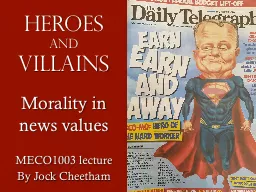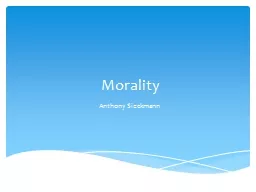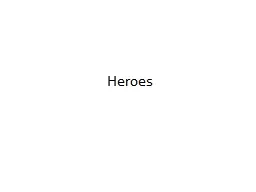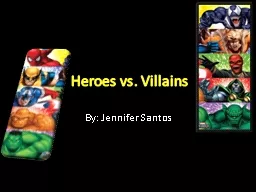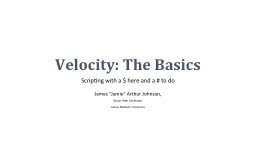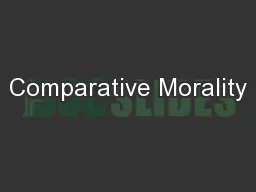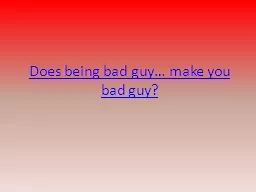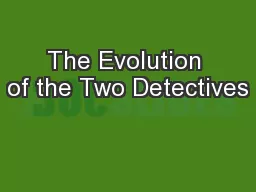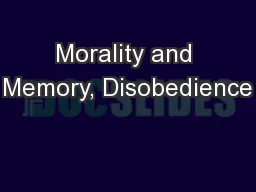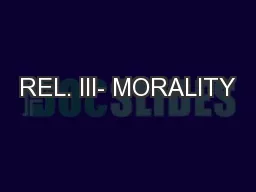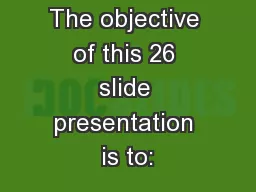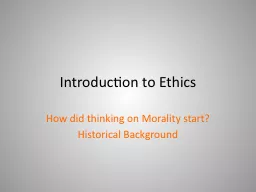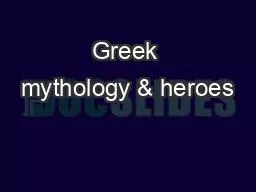PPT-Heroes and villains Morality in news values
Author : widengillette | Published Date : 2020-06-23
MECO1003 lecture By Jock Cheetham Hero or villain Morality and villains Key terms News values Morality Emotions Threats Ideological narratives News values Conley
Presentation Embed Code
Download Presentation
Download Presentation The PPT/PDF document "Heroes and villains Morality in news v..." is the property of its rightful owner. Permission is granted to download and print the materials on this website for personal, non-commercial use only, and to display it on your personal computer provided you do not modify the materials and that you retain all copyright notices contained in the materials. By downloading content from our website, you accept the terms of this agreement.
Heroes and villains Morality in news values: Transcript
Download Rules Of Document
"Heroes and villains Morality in news values"The content belongs to its owner. You may download and print it for personal use, without modification, and keep all copyright notices. By downloading, you agree to these terms.
Related Documents

